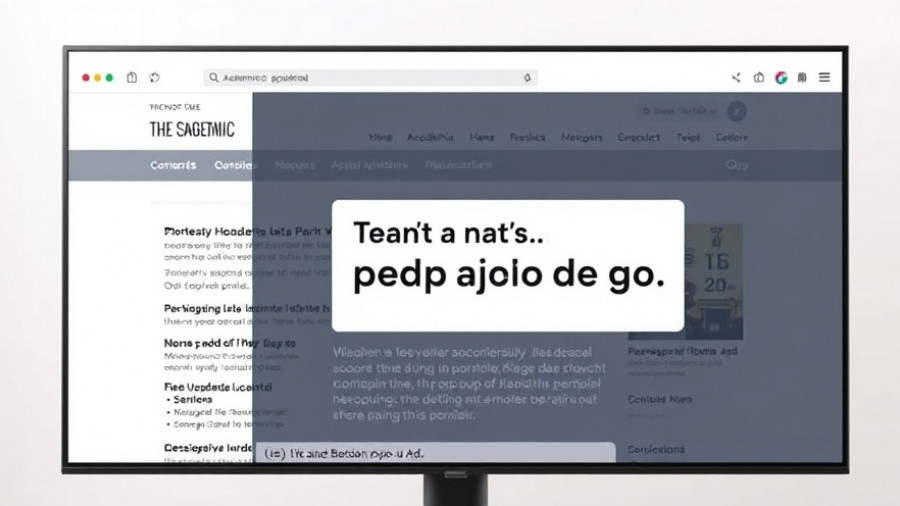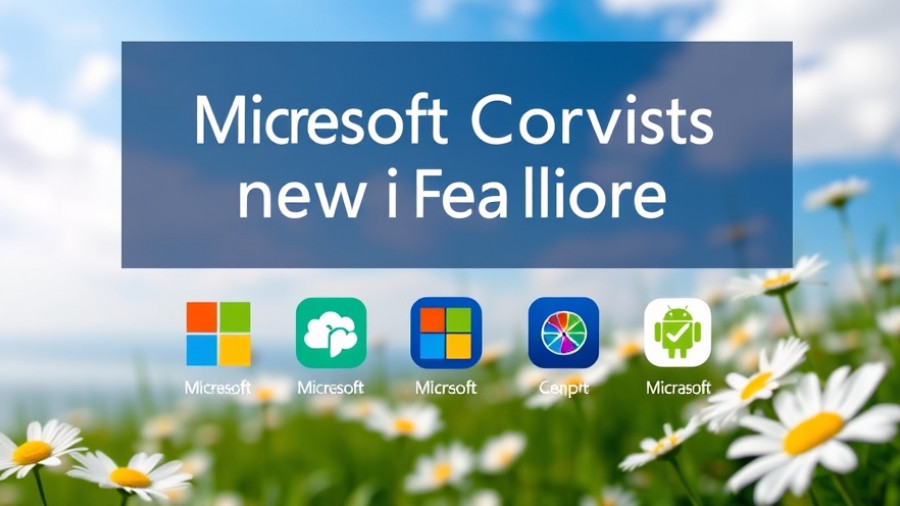
Microsoft Takes a Bold Step Towards AI Independence
Microsoft has made a groundbreaking announcement regarding its new in-house AI models that signify a potential shift away from its reliance on OpenAI. Recently introduced, these models represent Microsoft's ambition to gain autonomy in the AI landscape while still deeply intertwined with OpenAI due to substantial investments.
The New Models: What Are They?
Two models have been unveiled: MAI-Voice-1 and MAI-1-preview. MAI-Voice-1 is designed for natural speech generation, aiming to bridge the gap in voice interaction with AI tools—a feature that could reshape user experiences. The second, MAI-1-preview, serves as a foundational large language model that intends to power Microsoft’s Copilot AI chatbot. Built on a robust infrastructure of about 15,000 Nvidia H100 GPUs, MAI-1-preview is a substantial upgrade from earlier models, enhancing both capabilities and performance.
Why This Shift Matters
As Microsoft integrates its own models into products like Copilot, it raises several intriguing questions about the future of AI partnerships and collaborations. While the relationship with OpenAI has been fruitful, recent conflicts have highlighted diverging goals between the two companies. Establishing proprietary models could provide Microsoft with the flexibility to tailor tools specifically to user needs, moving beyond OpenAI's general solutions.
Specialization: The New Trend in AI Development
The tech industry is gradually favoring specialized models, shifting from all-encompassing algorithms to more focused applications. This trend allows companies to hone in on specific functionalities that suit particular user experiences, potentially resulting in a richer interaction. Microsoft’s decision to develop in-house models may well prove advantageous in this evolving landscape, allowing it to address niche applications that may not have been prioritized by OpenAI.
Changing Winds in AI Collaboration
The partnership dynamic between Microsoft and OpenAI is becoming increasingly complex. Although collaborations can lead to valuable advancements, differences in strategic direction may necessitate Microsoft's move towards self-sufficiency. As markets fluctuate and competition in the AI industry grows, Microsoft’s independence could serve as a protective mechanism against the unpredictability that comes with external partnerships.
Future Predictions: What Lies Ahead?
As AI continues to evolve, Microsoft’s preparations for independence hint at a broader trend toward self-dependence among tech giants. Other companies may follow suit, fostering competition and innovation in AI development. The future could unfold in a way that sees more companies investing in home-grown AI capabilities, rather than relying on collaborations with specialized firms, potentially leading to a more diversified AI ecosystem.
Conclusion: The Importance of Staying Informed
Understanding these developments is crucial for anyone interested in the future of AI technology. By keeping an eye on how major players like Microsoft are strategizing their roles in the AI landscape, individuals and businesses can better navigate the complexities of these advances and prepare for a changing digital future.
 Add Row
Add Row  Add
Add 




Write A Comment